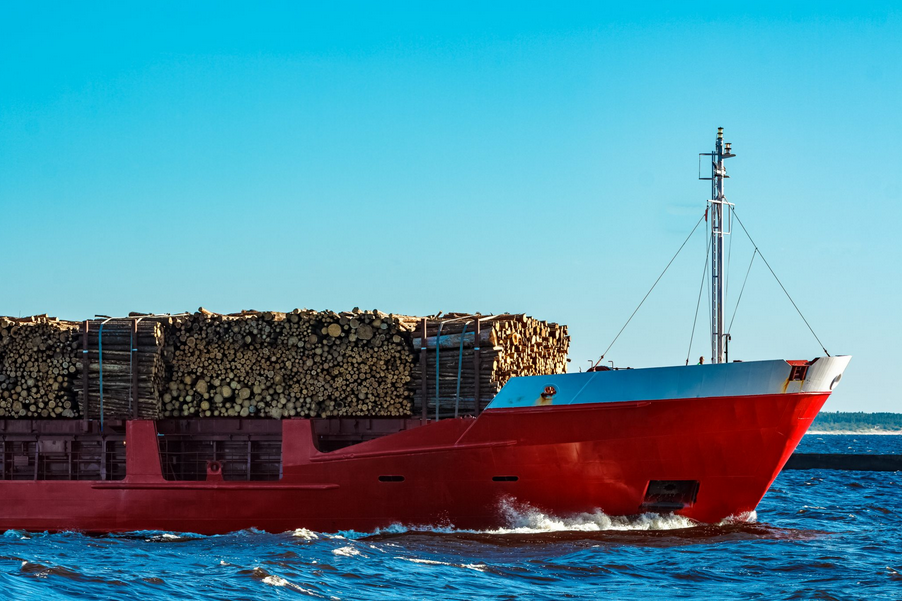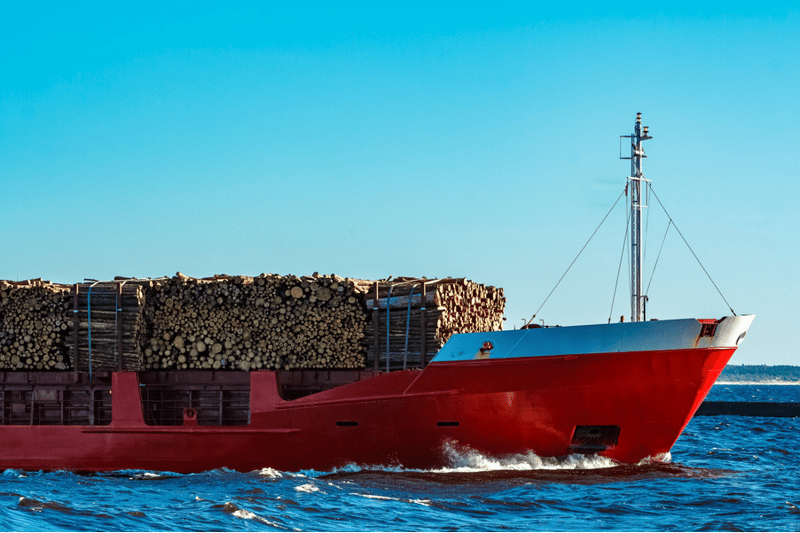
Bulk and commodity trade and vessel movements are embroiled in further turmoil in early October, with day rates for vessel leases spiking so dramatically, a commodity trader told IndustryEdge, “Its stupid o’clock out there. You can get a vessel, but you’ll pay through the nose, and rates are increasing by the hour some days.”
The trader provided the comments to IndustryEdge during a client call, as discussions centered around changes in the make-up of Australia’s log exports and the obvious challenges in accessing shipping containers. Defying expectations, the trader switched from their interest in containerized log exports to raise bulk shipping as the new concern they were weathering.
To put these comments into their proper context, by October 8, the main bulk commodity shipping index had lifted 53% compared to the prior month; the Baltic Dry Index (BDI) skyrocketed almost 1,700 points to 5,526 points. While true that the BDI is a perpetually volatile index, the stellar rises are adding to the turmoil in global shipping and freight markets right now.

Image Courtesy of IndustryEdge
Whether it is raw materials to feed industrial production, availability of containers, throughput capacity and logistics at ports, or shortages of truck drivers, the current situation is disastrously complex. For those at the furthest ends of the global shipping and freight system – Australia and New Zealand among them – the impact on national economic activity is becoming all the more serious as time passes.
The global turmoil appears to be an ever-compounding series of inter-related events, where the magnitude of the challenges increases with every response to the previous conditions more divergent than the last. In some respects, this is a classic feedback loop, but in other regards, the evidence is more akin to chaos theory.
In early October, the latest evidence of market-distorting responses to previous conditions included US importers working to access capacity in ways never seen before for containerized freight. Some have banded together and chartered container vessels, most are paying more to lock in their contract slots on known sailings and others are actively organizing trans-shipments – a first for the US market, but one that Australian and New Zealand importers are more familiar with.
Little wonder that some freight companies have responded by pulling vessels from secondary routes as we reported in September.
Shipping containers are in short supply, or at least in the wrong locations. The shortage of boxes has curtailed some exports from Australia, most notably in the sectors IndustryEdge covers, the impact has been on log exports from the Port of Melbourne, where break bulk is not an option.
To date, Australia has not been confronted by the challenges experienced in the United Kingdom, where truck driver shortages fed into petrol delivery issues that in turn impacted availability of other goods. However, this element of the supply chain has to be kept on close watch at the moment. That is partly due to pandemic-related impacts and compliance regimes.
Also important is that the available driver cohort are increasingly engaged in “last mile” parcel deliveries to households. For most drivers, those delivery jobs are more attractive than a multi-day driving route each week that takes the driver interstate and away from home.
Whether it is the local truck supply chain and the health and availability of the drivers, port logistics and bottlenecks, container availability or bulk and container shipping costs, it seems clear that the normal rules of supply and demand are out of step, responding to each successive disruption with more radical responses.
Nothing short of a breather in the global system can return conditions to normal, and right now, that seems a long way off.


 Tim Woods
Tim Woods



